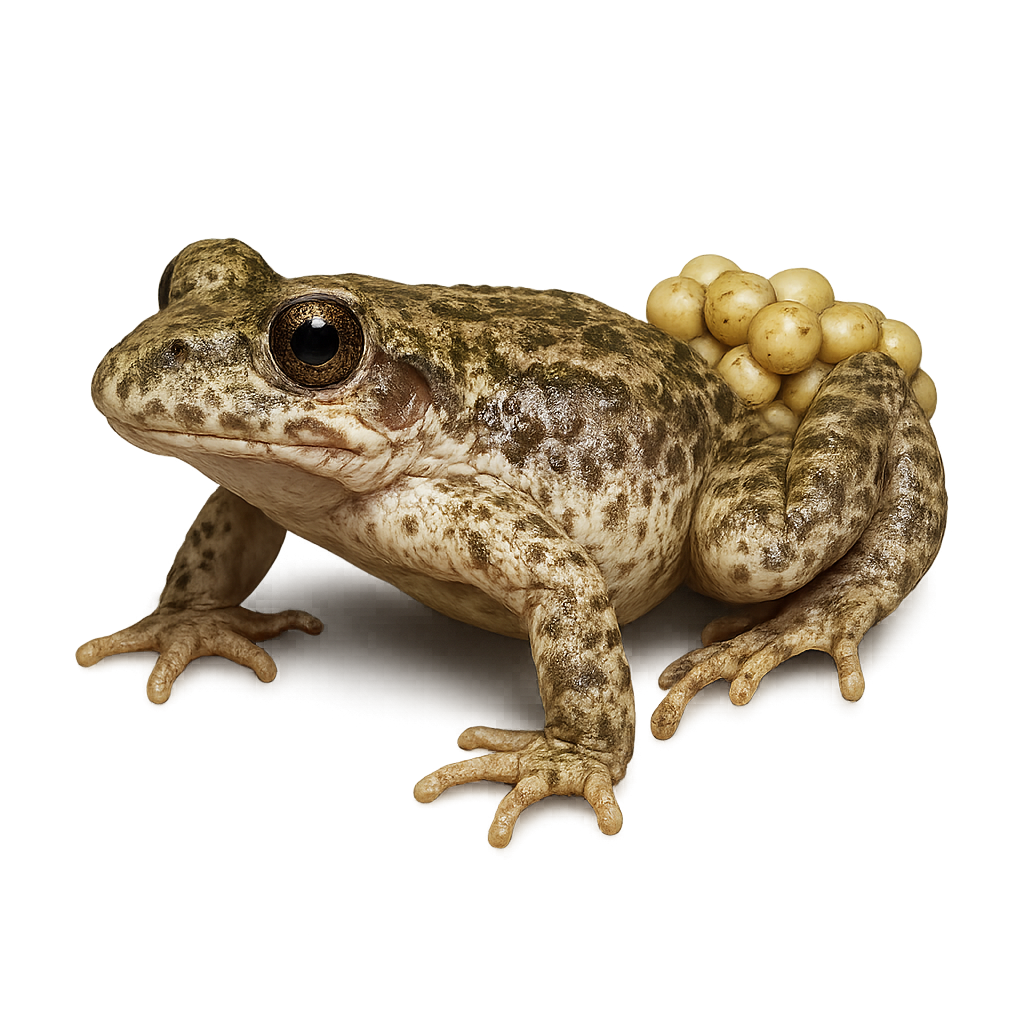Your wildlife photography guide.
Explore the common midwife toad in detail, study its behavior, prepare your shots.
Where to observe and photograph the common midwife toad in the wild
Learn where and when to spot the common midwife toad in the wild, how to identify the species based on distinctive features, and what natural environments it inhabits. The WildlifePhotographer app offers tailored photography tips that reflect the common midwife toad’s behavior, helping you capture better wildlife images. Explore the full species profile for key information including description, habitat, active periods, and approach techniques.
Common midwife toad
Scientific name: Alytes obstetricans

IUCN Status: Least Concern
Family: ALYTIDAE
Group: Amphibians
Sensitivity to human approach: Very shy
Minimum approach distance: 2 m
Reproduction period: April to May
Incubation: 20–32 jours
Births: April to May
Habitat:
Temperate forests, edges, meadows and urban areas near water bodies
Activity period :
Mainly active at night, generally discreet during the day.
Identification and description:
The common midwife toad is a stocky amphibian of 5–6 cm, with smooth olive-grey dorsal skin and a spotted throat. A terrestrial species of temperate Europe, it inhabits forest edges, meadows and urban areas near water bodies, where females lay eggs that males carry in strands until hatching.
Recommended lens:
Macro – adjust based on distance, desired framing (portrait or habitat), and approach conditions.
Photography tips:
Set up near waterside vegetation, remain still and shoot from ground level to capture the male carrying his eggs, using shallow depth of field against the water reflection, preferably at dusk.
From knowledge to field practice
A species profile helps you understand an animal. In the field, the challenge is often different. Remembering your own observations.
The WildlifePhotographer app allows you to:
• record your personal observations
• note locations, dates, and behaviors
• revisit your field references over time
• build a private and long-term field logbook
The app does not provide observation locations.
It helps you organize what you actually observe, with respect for wildlife.

